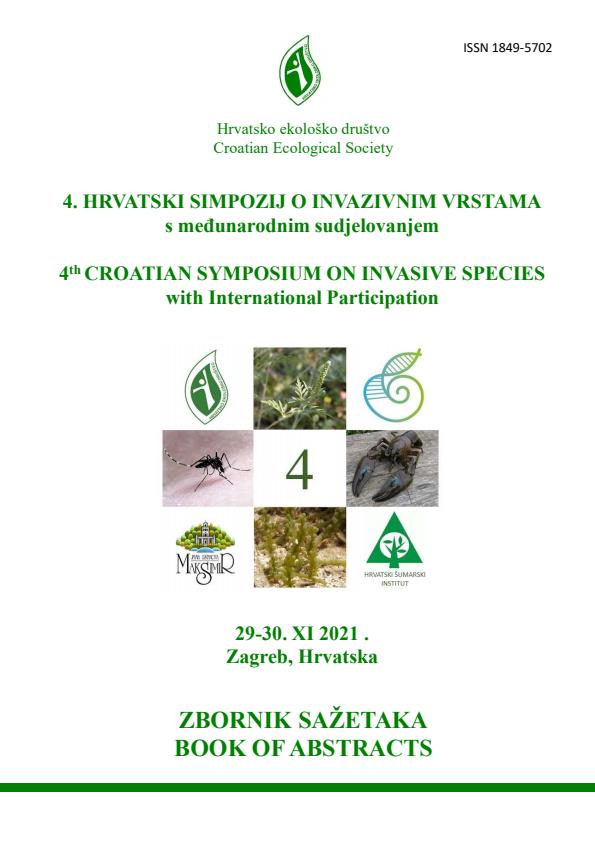Cost-Benefit Analysis for Invasive Species Control: the Case of Greater Canada Goose Branta canadensis in Flanders (Northern Belgium)
Details
| Aantal pagina's | 1 |
|---|---|
| Pagina's (van-tot) | 20 |
| Type | Congres abstract in abstractproceedings |
| Categorie | Onderzoek |
| Taal | Engels |
Bibtex
@misc{4f94accc-4bff-4374-9f5f-3f2bbce481d4,
title = "Cost-Benefit Analysis for Invasive Species Control: the Case of Greater Canada Goose Branta canadensis in Flanders (Northern Belgium)",
abstract = "Sound decisions on control actions for established invasive alien species (IAS) require information on ecological as well as socio-economic impact of the species and of its management. Cost-benefit analysis provides part of this information, yet has received relatively little attention in the scientific literature on IAS. We apply a bio-economic model in a cost-benefit analysis framework to greater Canada goose Branta canadensis, an IAS with documented social, economic and ecological impacts in Flanders (northern Belgium). We compared a business as usual (BAU) scenario which involved non-coordinated hunting and egg destruction with an enhanced scenario based on a continuation of these activities but supplemented with coordinated capture of moulting birds. To assess population growth under the BAU scenario we fitted a logistic growth model to the observed pre-moult capture population. Projected damage costs included water eutrophication and damage to cultivated grasslands and were calculated for all scenarios. Management costs of the moult captures were based on a representative average of the actual cost of planning and executing moult captures. Comparing the scenarios with different capture rates, different costs for eutrophication and various discount rates, showed avoided damage costs were in the range of 21.15 M€ to 45.82 M€ under the moult capture scenario. The lowest value for the avoided costs applied to the scenario where we lowered the capture rate by 10%. The highest value occurred in the scenario where we lowered the real discount rate from 4% to 2.5%. The reduction in damage costs always outweighed the additional management costs of moult captures. Therefore, additional coordinated moult captures could be applied to limit the negative economic impact of greater Canada goose at a regional scale. We further discuss the strengths and weaknesses of our approach and its potential application to other IAS.",
author = "Tim Adriaens and Jim Casaer and Lieven De Smet and Koenraad Devos and Frank Huysentruyt and Peter Robertson and Tom Verbeke and Nikolaas Reyns",
year = "2021",
month = nov,
day = "29",
doi = "",
language = "Nederlands",
publisher = "Instituut voor Natuur- en Bosonderzoek",
address = "België,
type = "Other"
}
Auteurs
Tim AdriaensJim Casaer
Lieven De Smet
Koen Devos
Frank Huysentruyt
Peter Robertson
Tom Verbeke
Nikolaas Reyns

